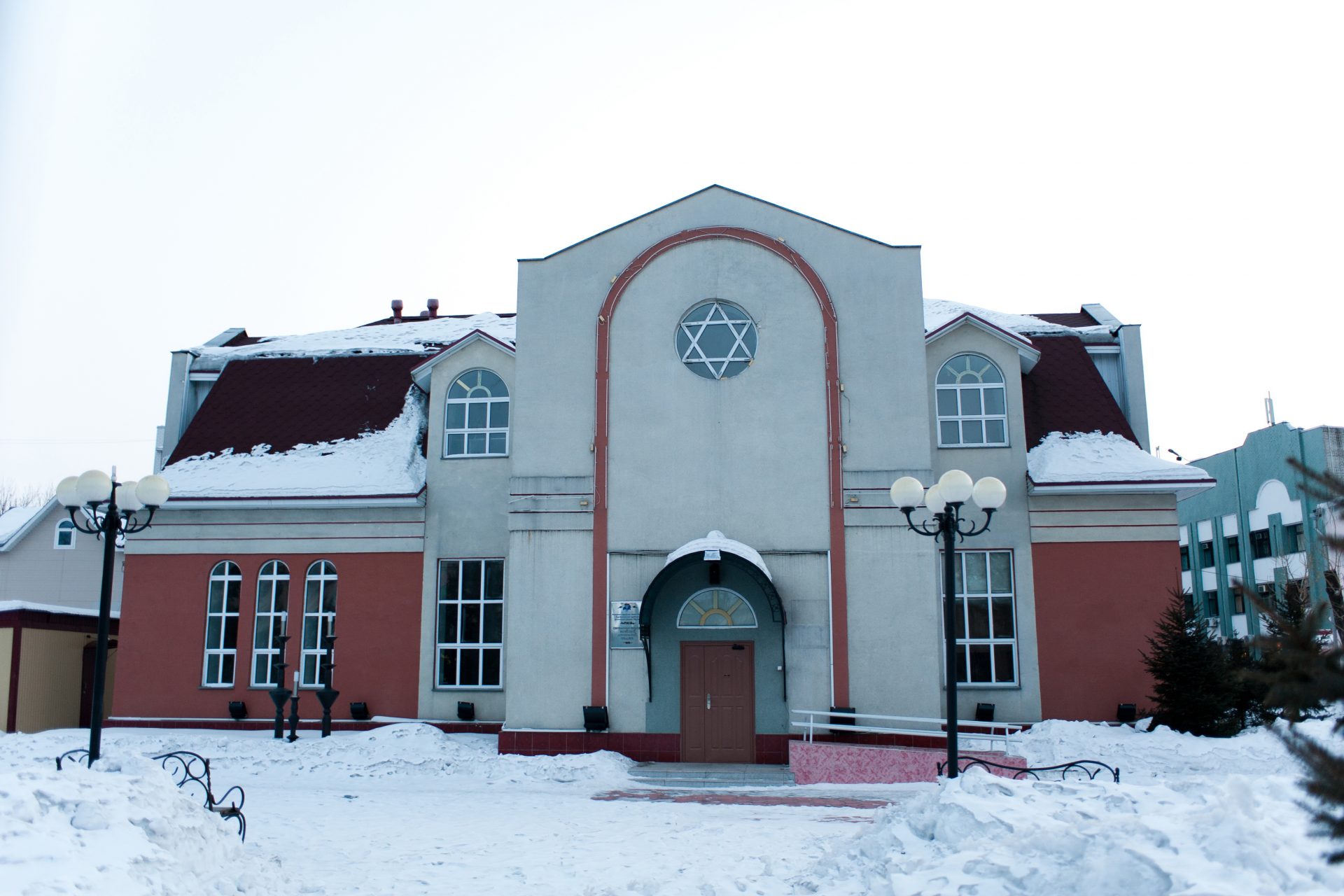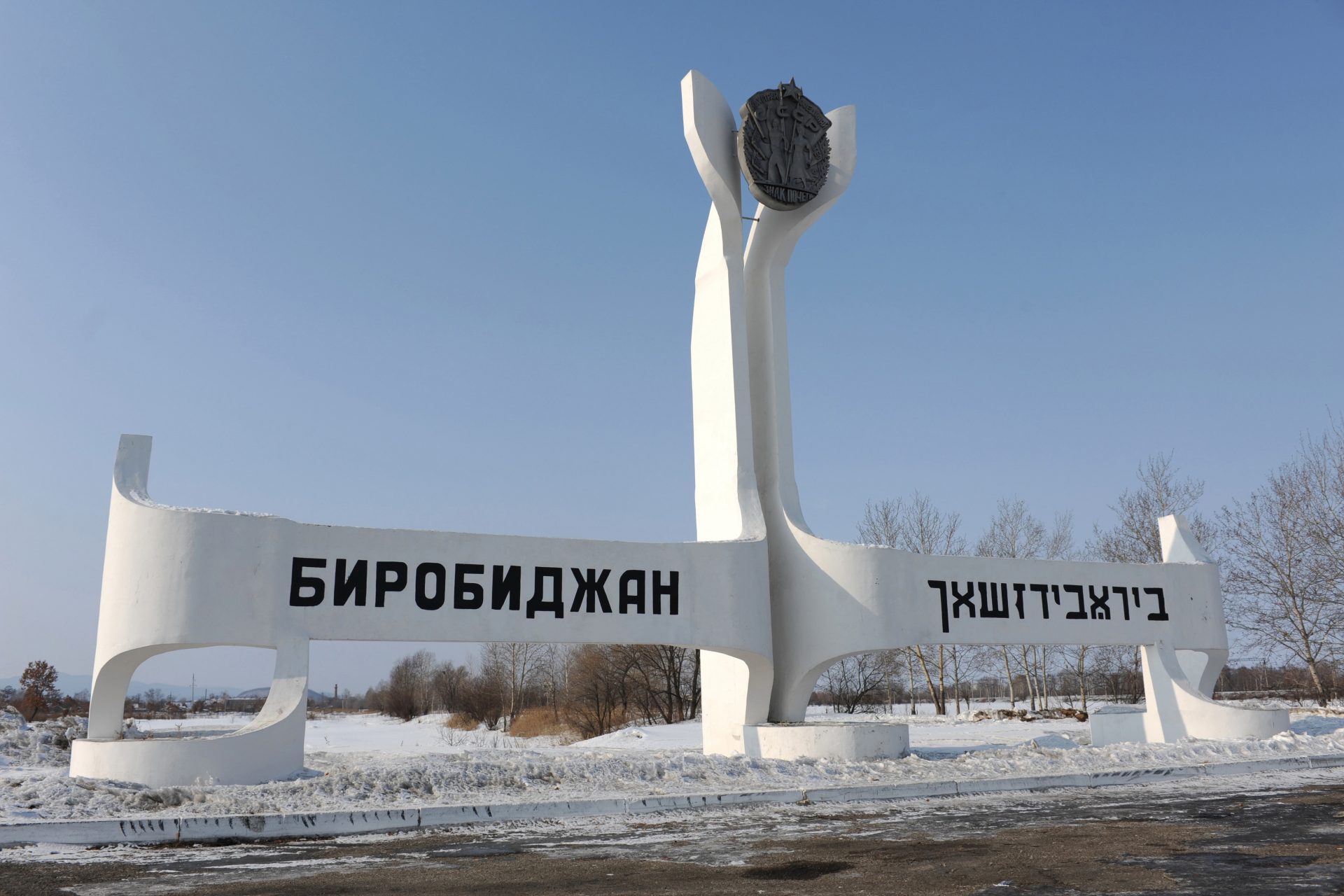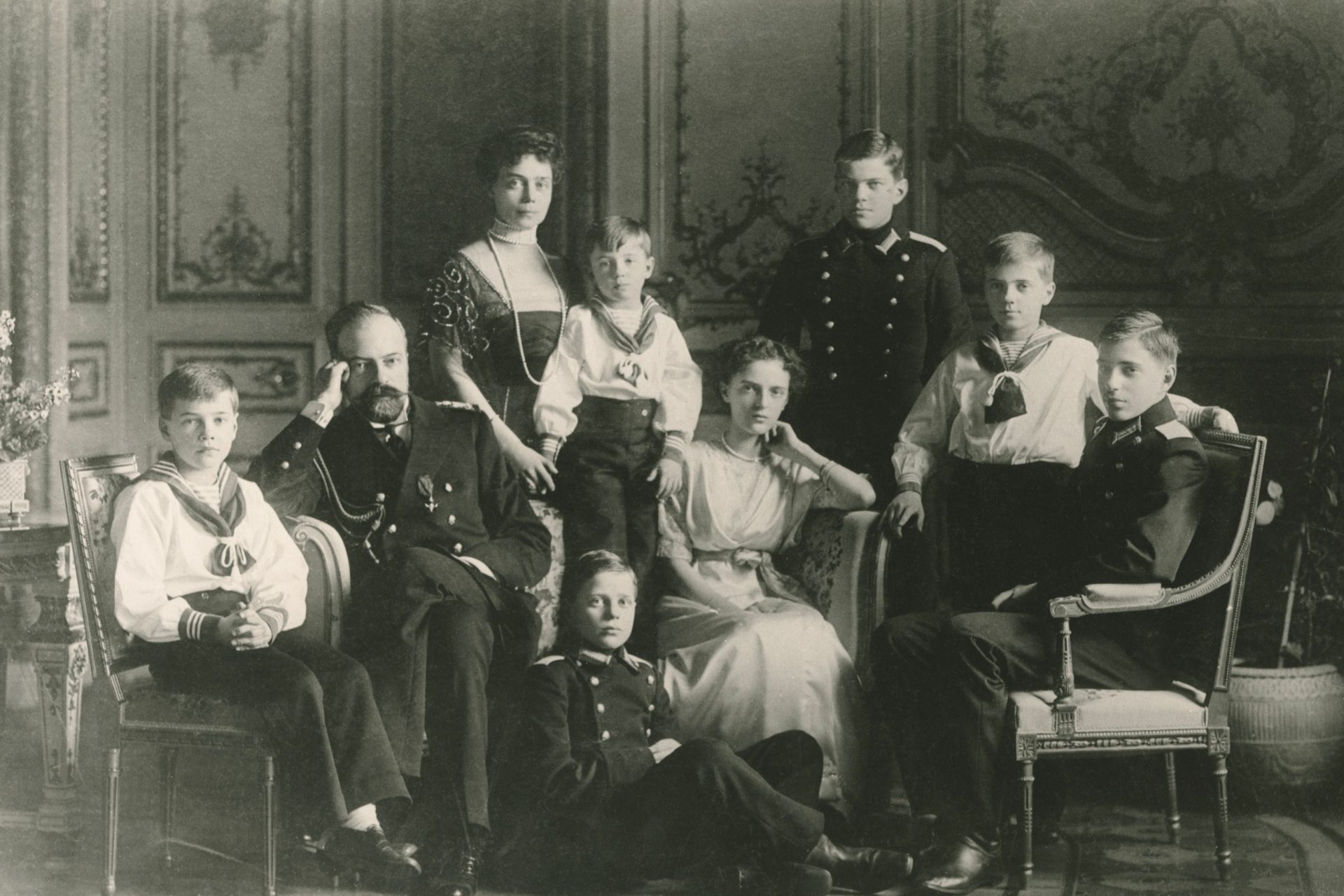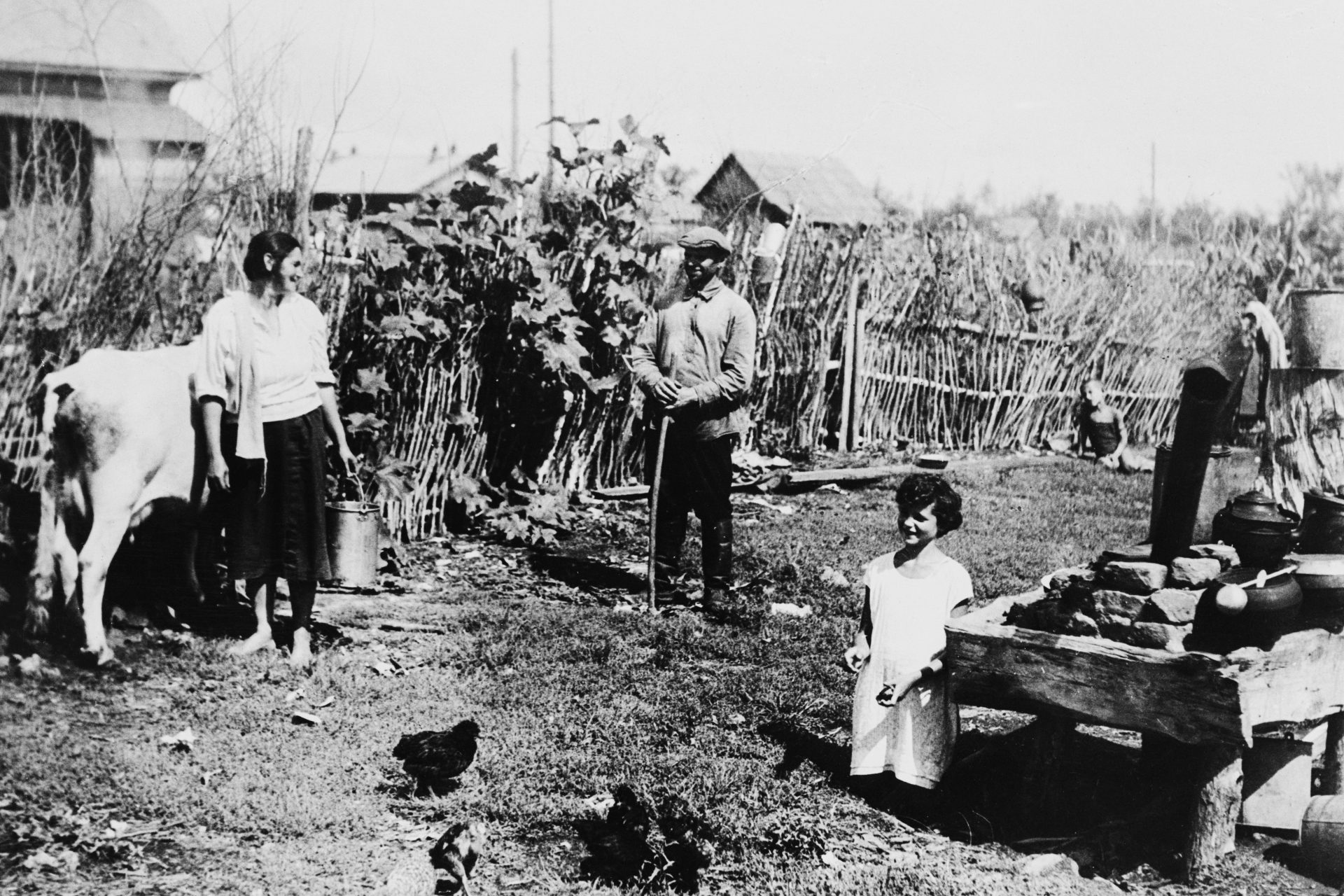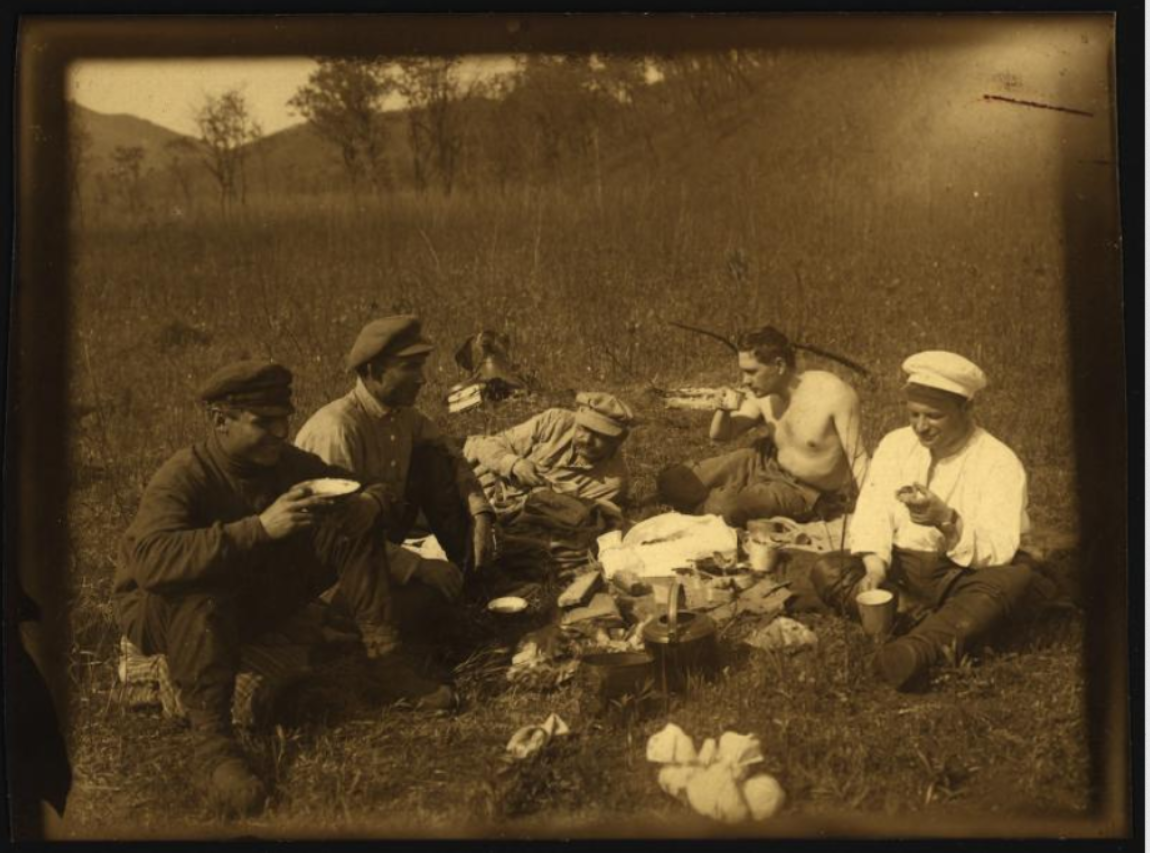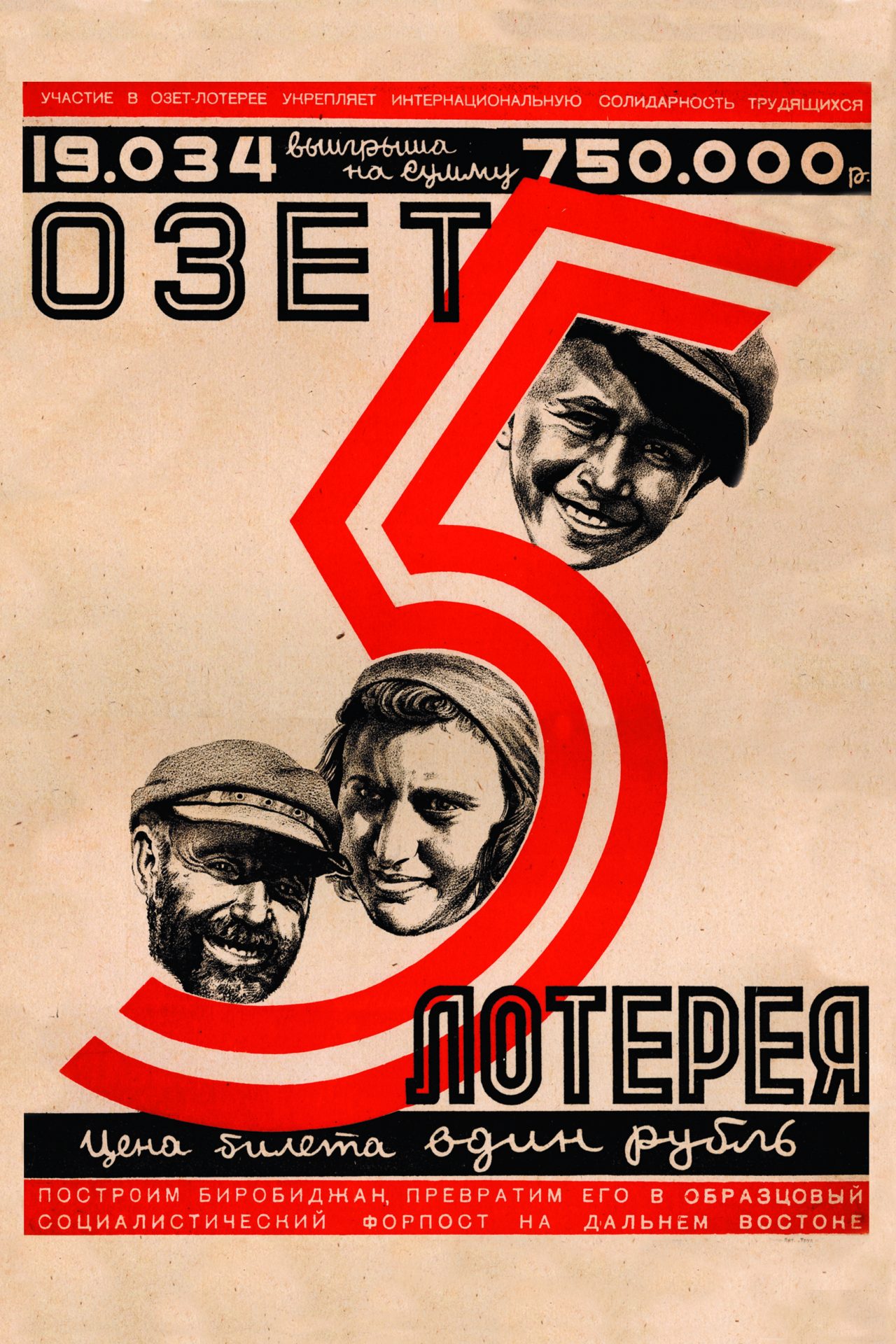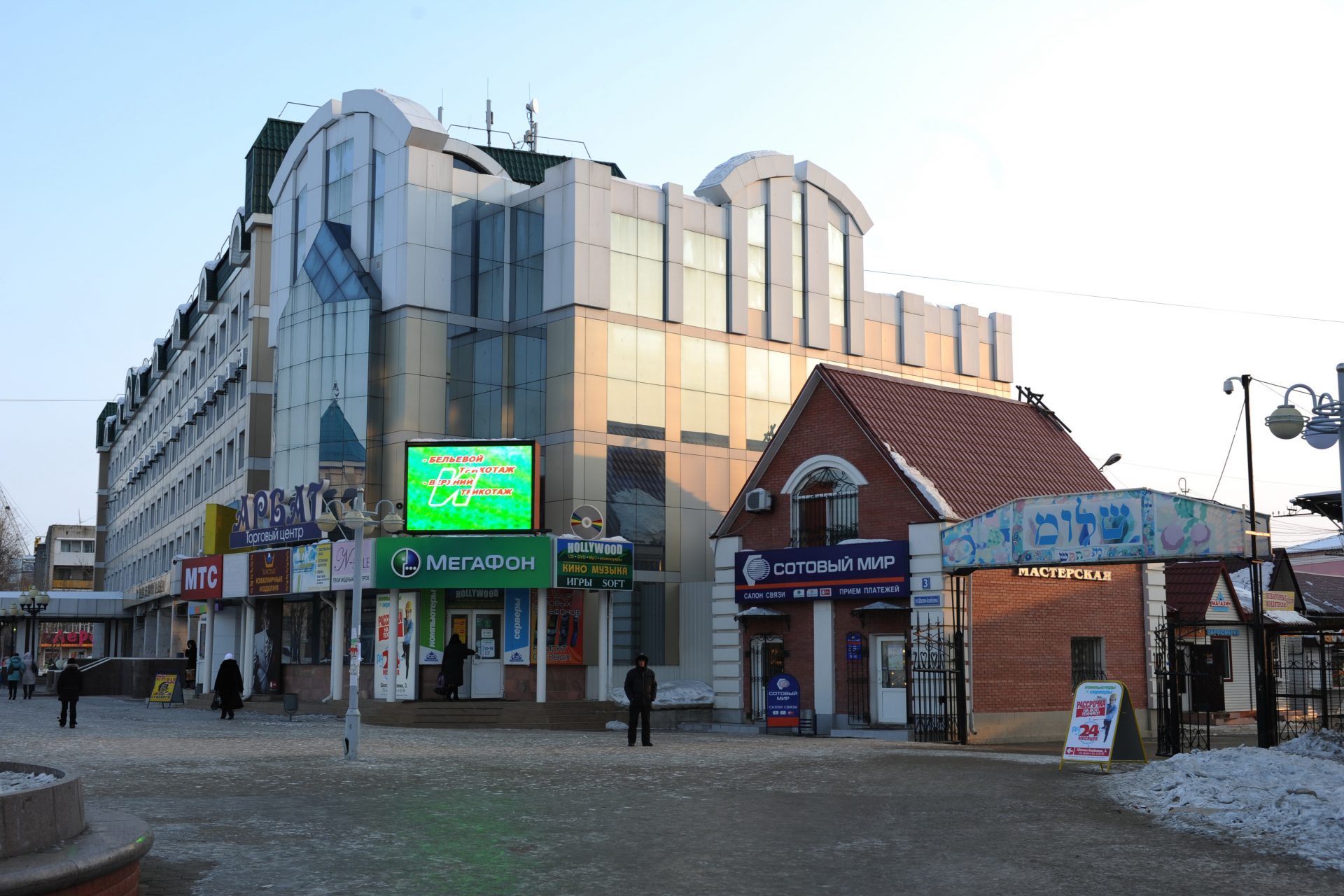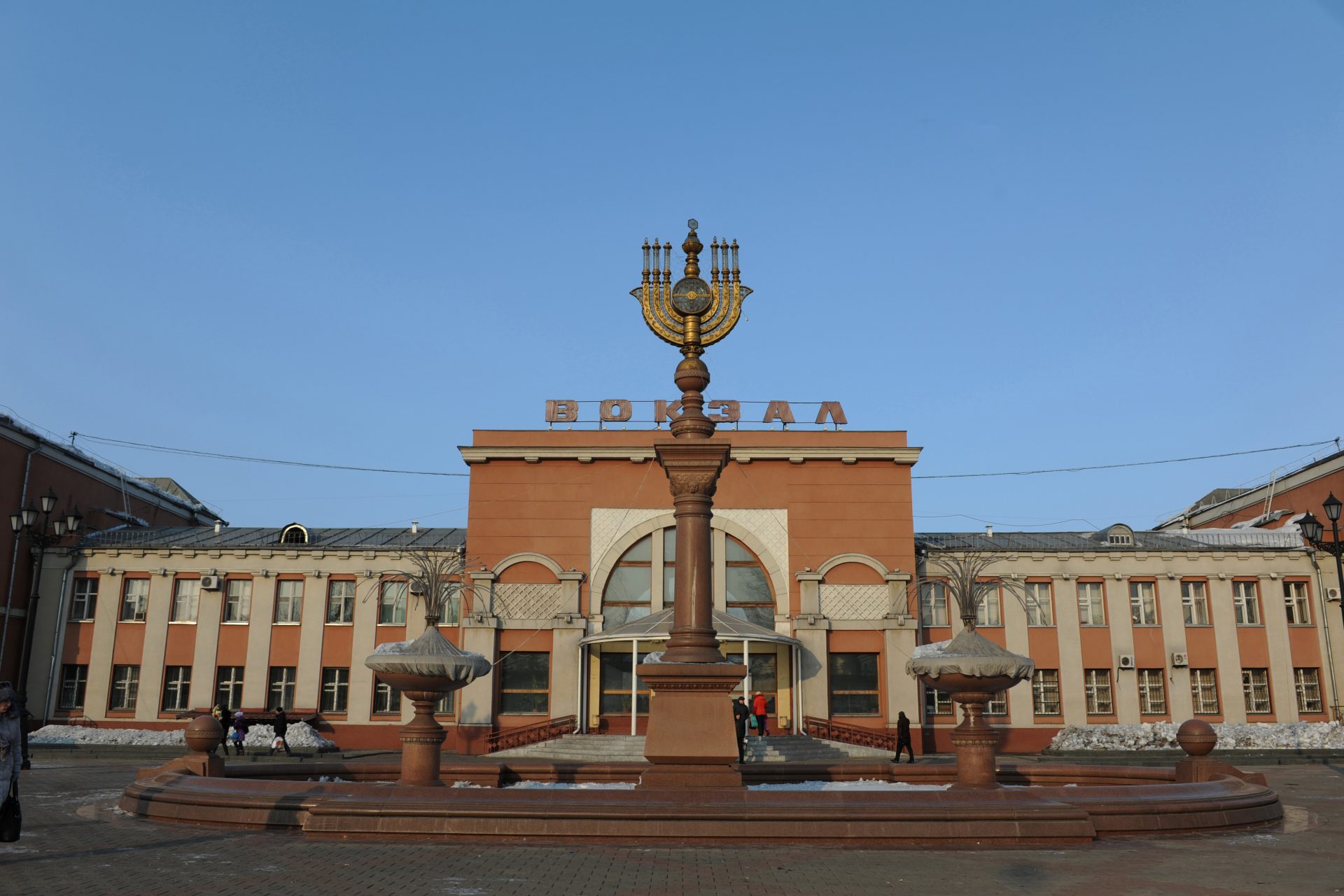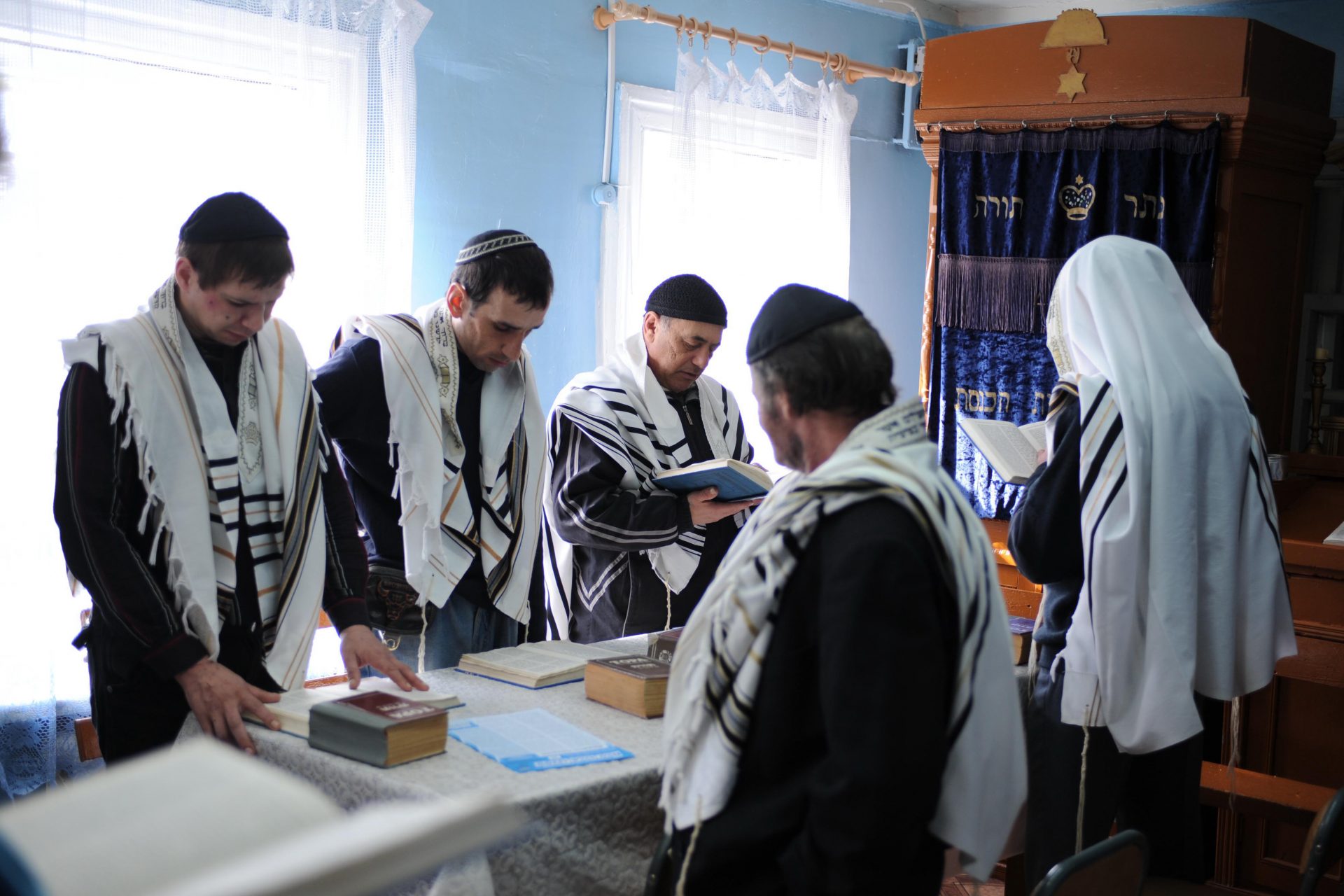When the Soviet Union tried to create a Jewish homeland and failed
Somewhere in the Russian Far East, in the heart of Siberia and bordering China’s Manchuria, lies the Jewish Autonomous Oblast, which some have described as a failed experiment by the Soviet Union.
Located in the basin of the navigable Amur River, the Jewish Autonomous Oblast, or JAO for short, mainly features a landscape of forests, swamps, and grasslands where agriculture is prevalent.
Image: @denissskhrebtov / Unsplash
The region’s climate has been described as “Siberian in nature”. Hot, humid and mosquito-filled summers make a stark contrast to nine months of dry, cold, wind and severe winters.
Image: denissskhrebtov / unsplash
According to NPR, the JAO has been described one of the two territories in the world carved out for a Jewish population and was an attempt to provide an alternative to the growing popularity of Zionism in the 1920s.
Image: A sign in Russian and Yiddish welcomes you to Birobidzhan, the capital of the JAO.
“From the Soviet point of view, it was an attempt to make Jews like other ethnic groups living in the Soviet Union”, explains Russian-born journalist Masha Gessen to NPR.
Indeed, when the USSR was starting to take shape in the 1920s, autonomous soviet republics were clearly established with national and ethnic lines in mind, with Russia as both the biggest state and the largest ethnic group.
This represented a problem for the Jewish population in the Soviet Union. During the time of the tsars, they had lived in settlements between Poland and Russia in what used to be the western part of the Russian Empire, but they lacked a land to call their own.
A committee was formed by the Soviet government to relocate the Soviet Jews to a region they could call home. Crimea, which already had a large Jewish population, was briefly considered.
Finally, in 1928 Stalin decided to send them to Siberia. Specifically, the region of Birobidzhan. The first 650 Jewish settlers arrived that year, followed by thousands in the following years.
According to journalist Masha Gessen, who has written a book about the Jewish Autonomous Oblast, tens of thousands of Jewish people moved into Birodizhan.
The US Library of Congress explains that many Jewish people, impoverished and destitute after the Russian Revolution, probably saw it as an opportunity to start anew, living from the land and far from the iron grip of Soviet authorities.
Image: Jewish Autonomous Oblast in the 1920s / US Library of Congress
Propaganda also played a factor, with posters, pamphlets, and even movies promoting Soviet Jews to venture into the vast wilderness of Siberia.
The region, elevated to the status of oblast in the 1930s, the equivalent of a US state or a Canadian province, and is still enshrined in the Russia as the country's only autonomous oblast.
However, Stalin’s plan for a Jewish homeland in Siberia wasn’t exactly born out of the kindness in his heart.
The Russian Far East was both sparsely populated and shared the world’s largest border with China, a frontier outpost was required, and the need to relocate the Jewish populace was a convenient opportunity.
Russia-born US journalist Masha Gessen tells NPR that Soviet authorities were suspiciously enthusiastic on paying one-way tickets to send Soviet Jews into the JAO.
However, once the new settlers got there, they discovered Siberia wasn’t exactly the promised land. In its early years, it lacked roads, buildings, hospitals, and schools despite the high number of new arrivals.
Image: hansjurgen007 / Unsplash
Stalinist purges in the 1930s reached all the way into Birodizhan, where a change of official policy meant a focus on promoting Jewish culture and the Yiddish language was seen with distrust by Moscow.
Jewish people still traveled all the way into Siberia, peaking around 45,000 in the late 1940s, after the Second World War.
Nonetheless, the so-called Doctors’ Plot during the last years of Stalinism brought a new wave of antisemitism in the Soviet Union. The Jewish populace at the JAO went into a steep decline since the 1950s.
Nowadays, the Jewish Autonomous Oblast in Russia shows its Jewish culture with pride, having among other things having the largest menorah in the world.
However, according to the Russian census, the actual number of Jewish people in the JAO is about 1,600, less than 1% out of a total population of 175,000 people.
More for you
Top Stories



